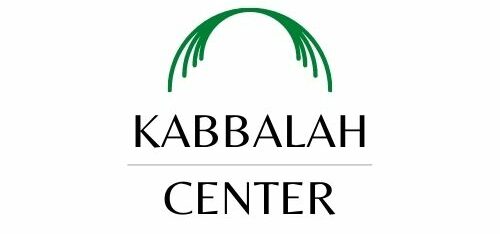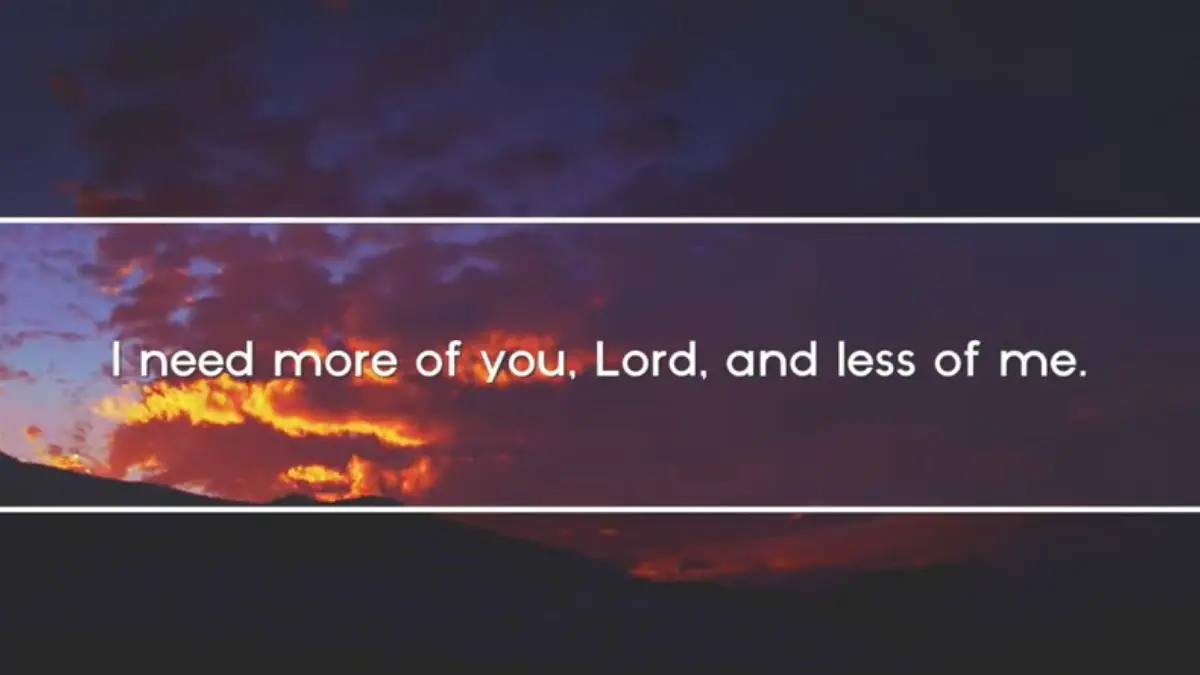Kabbalah teaches that kavvanah allows us to engage in a mystical, inner work. Kavvanah creates a flow of blessings upon the one who prays, upon the world in which he lives and upon the upper worlds.
“What is kavvanah?” asked Maimonides in the twelfth century. “One should empty one’s mind of every thought and regard oneself as if one were standing in the presence of the Shekhinah.”
While the Kabbalists used traditional Jewish prayers, they went beyond standard rituals by stressing the Kabbalistic significance of each word they recited or ritual they performed.
They breathed new life into the traditional concept of kavvanah—the intention or spiritual concentration and awareness with which one performs religious duties.
In essence, the Jewish mystics teach that we get the best results from our spiritual practices when we do them with profound devotion and understanding. One traditional prayer that takes on special meaning for Kabbalists is the Shema, the declaration of faith that is at the core of Jewish worship.
The Shema is to be said twice a day, upon arising and before retiring. The first verse, “Shema Yisrael: Adonai Elohenu, Adonai Ehad,” means “Hear, O Israel: the LORD, our God, the LORD is One.”
Jesus underscored the significance of the Shema. God had given Moses 613 commandments, and the rabbis often discussed which was the greatest.
When one of the scribes asked Jesus what was the greatest commandment, he replied by quoting the first two verses of the Shema and a command from Leviticus: Jesus answered him, “The first of all the commandments is, Hear, O Israel: The LORD, our God, the LORD is one. “And thou shalt love the LORD thy God with all thy heart, and with all thy soul, and with all thy mind, and with all thy strength: this is the first commandment. “And the second is like, namely this, Thou shalt love thy neighbour as thyself. [Lev. 19:18] There is none other commandment greater than these.”
In traditional Judaism, the Shema affirms the oneness of God and the monotheism of Judaism. The first and second sections of the Shema are taken from Moses’ final advice to the Israelites on the eve of their entrance into the land of Canaan. The statement “the LORD is One” is intended to remind the Israelites not to worship other gods and idols because their God is the one, true God who is above all other gods.
The declaration that opens the Shema has no less meaning to us today. It reminds us that God alone—and not the lesser gods of material comfort, human personality or worldly honor—should be the object of our devotion.
Kabbalists take the Shema’s declaration of monotheism to new heights. They see an inner meaning in the words of the Shema relating to the unity of the sefirot.
They teach that when the Shema is said with kavvanah—that unique marriage of prayer and meditation—it restores the world of the sefirot. It also allows the upper and lower worlds to function in perfect harmony and unity and causes blessings to flow from sefirah to sefirah until they reach our physical world.
The Zohar says that when a person recites the Shema properly, “the Shekhinah comes and settles upon his head and blesses him with an abundance of blessings.”


